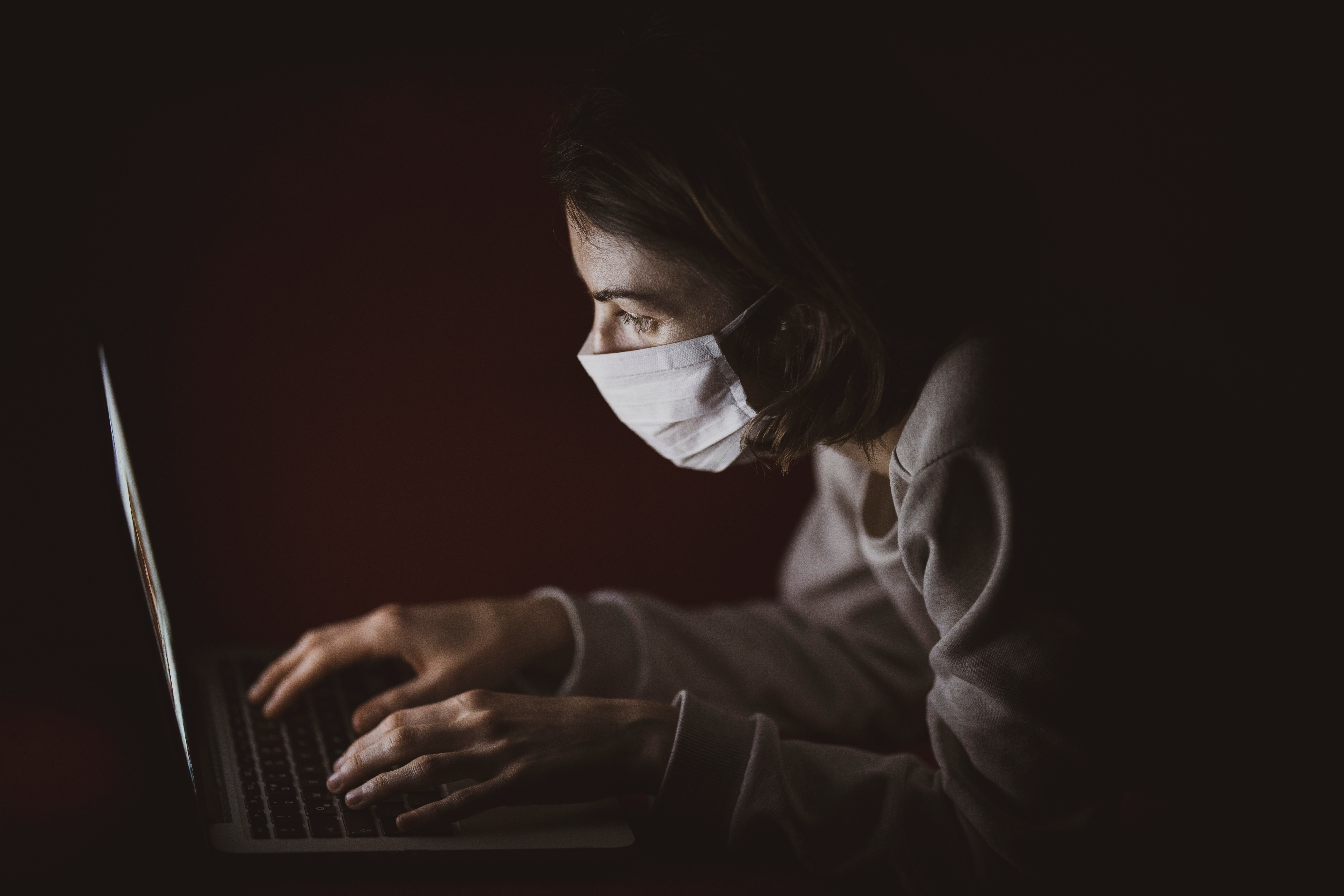Contact tracing apps are only one part of the pandemic fight

What’s new: Dozens of countries have rolled out automated contact tracing apps, but a new study confirms what experts already knew: they can’t beat the pandemic on their own. According to a new systematic review of 15 published studies, the technology still requires manual contact tracing, social distancing, and mass testing in order to be effective.
The new research, from University College London, reinforces what technologists and epidemiologists (and we) have been saying ever since the pandemic first reared its ugly head: digital tools can only complement—not replace—the very human work required to beat covid-19.
Concerted effort: Many governments have launched their own apps to track covid-19 exposure, as documented by the MIT Technology Review Covid Tracing Tracker project. But there are still many questions about how effective it can be. UCL’s Robert Aldridge urged further research on the effectiveness of smartphone contact tracing and bemoaned the lack of science on the now-crucial subject: “We urgently need to study this evidence gap and examine how automated approaches can be integrated with existing contact tracing and disease control strategies, and generate evidence on whether these new digital approaches are cost-effective and equitable.”
Expert view: Early interpretations of digital tracing efforts, particularly from the media, suggested they could dominate the battle against the disease. But even the scientists behind some of the most optimistic numbers have tried to explain how their research has been misinterpreted. The new paper drives home several points that have been made before but have similarly failed to penetrate the global discussion. The bottom line? Digital apps can help—some countries consider their apps to be successes right now—but they’re just one piece of the puzzle. There remains a whole lot of research that must be done to understand and improve the digital arsenal for both this pandemic and the next.
Deep Dive
Policy
Is there anything more fascinating than a hidden world?
Some hidden worlds--whether in space, deep in the ocean, or in the form of waves or microbes--remain stubbornly unseen. Here's how technology is being used to reveal them.
A brief, weird history of brainwashing
L. Ron Hubbard, Operation Midnight Climax, and stochastic terrorism—the race for mind control changed America forever.
What Luddites can teach us about resisting an automated future
Opposing technology isn’t antithetical to progress.
Africa’s push to regulate AI starts now
AI is expanding across the continent and new policies are taking shape. But poor digital infrastructure and regulatory bottlenecks could slow adoption.
Stay connected
Get the latest updates from
MIT Technology Review
Discover special offers, top stories, upcoming events, and more.